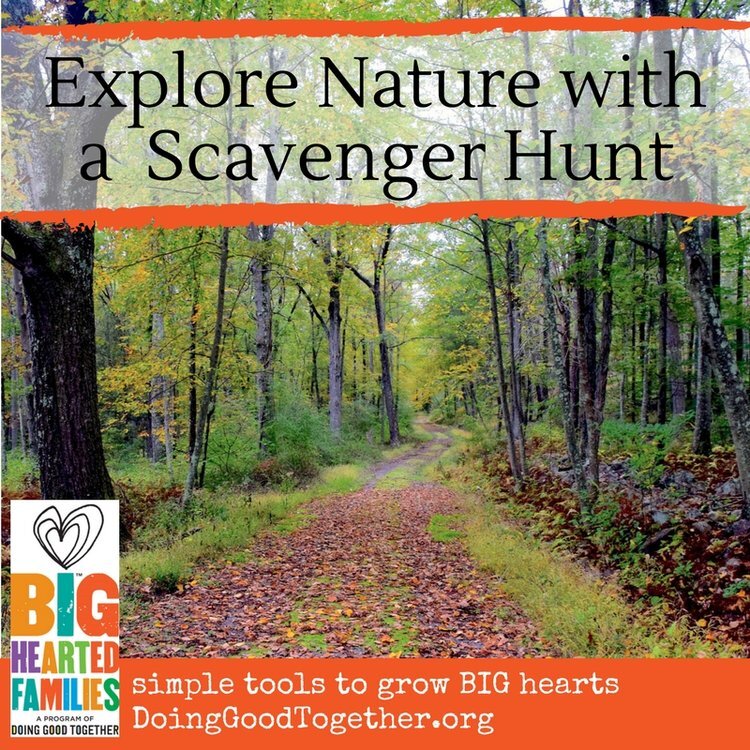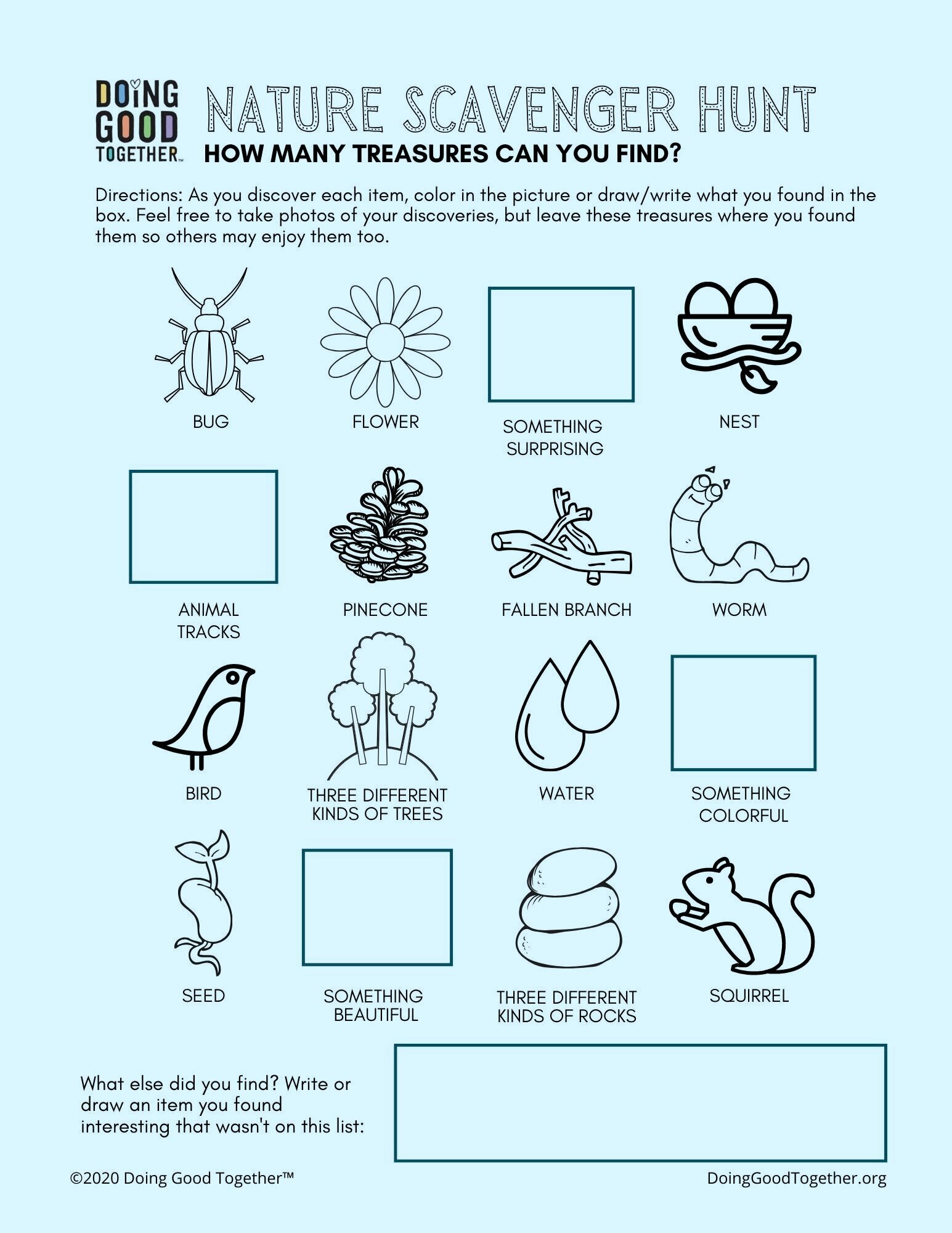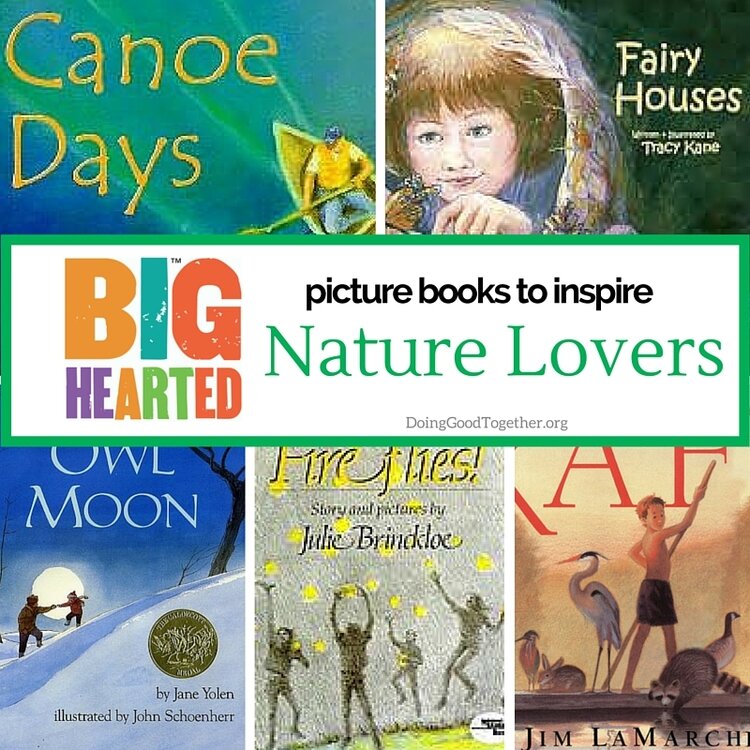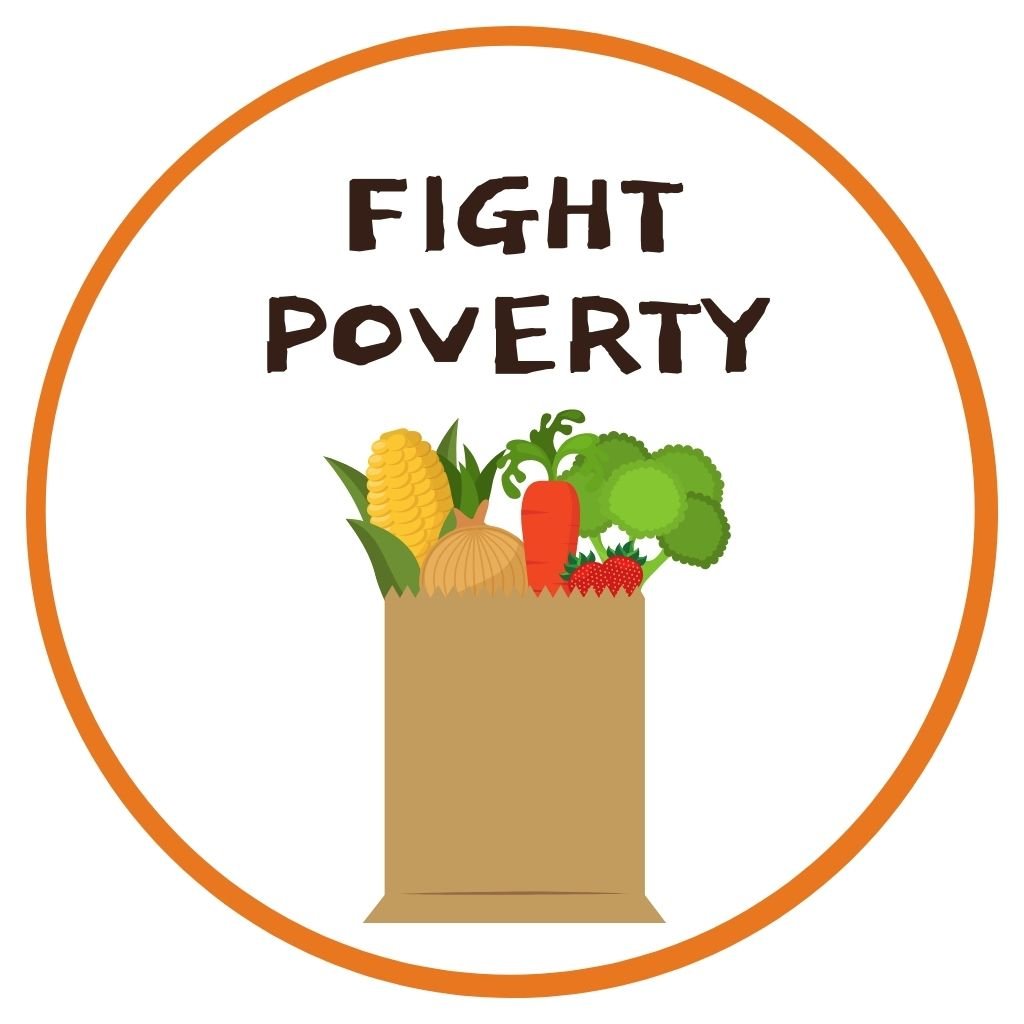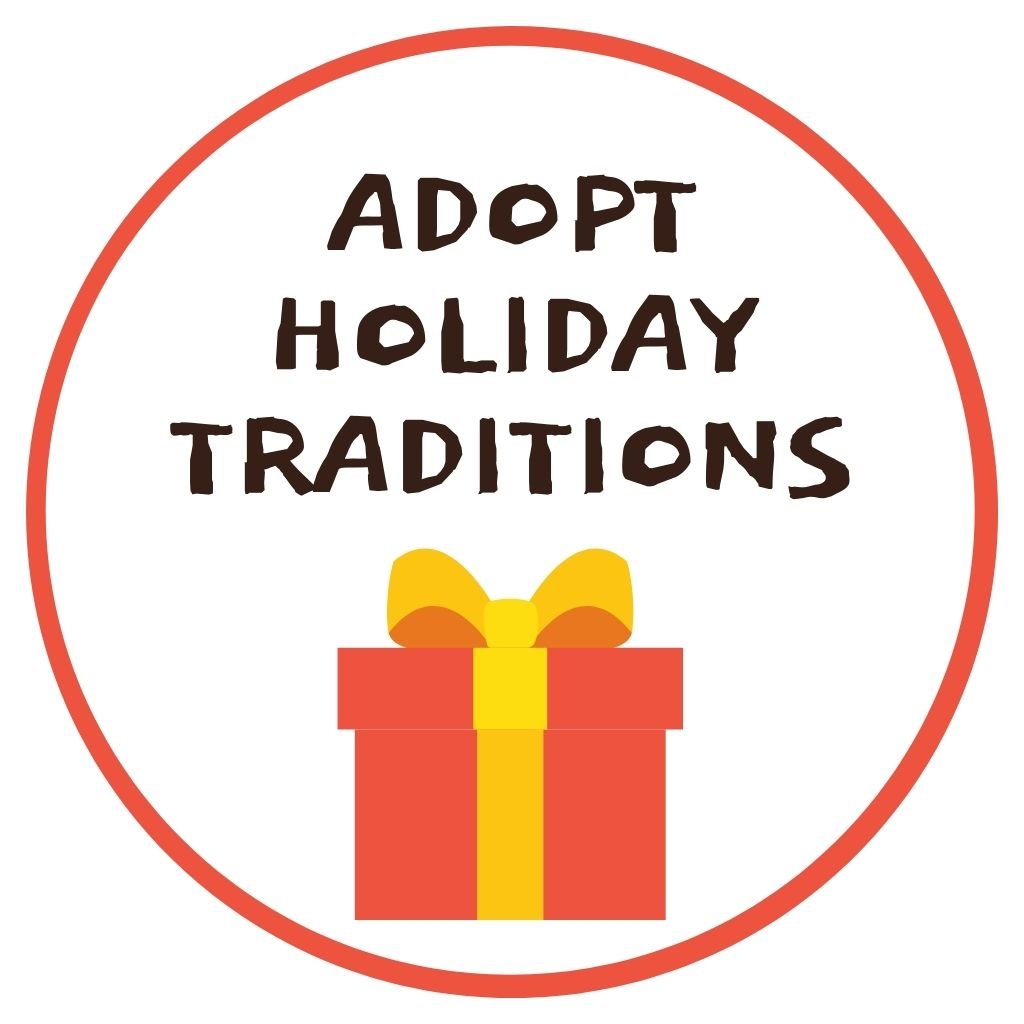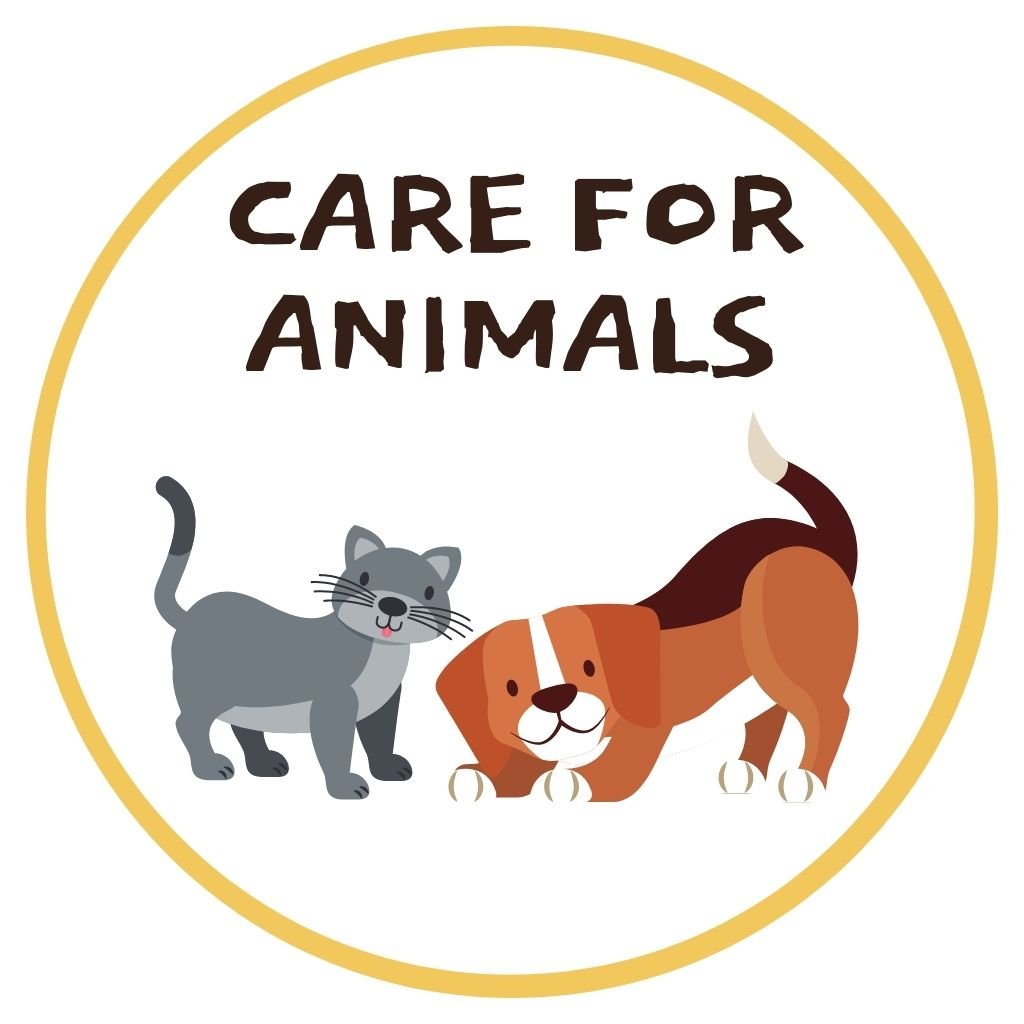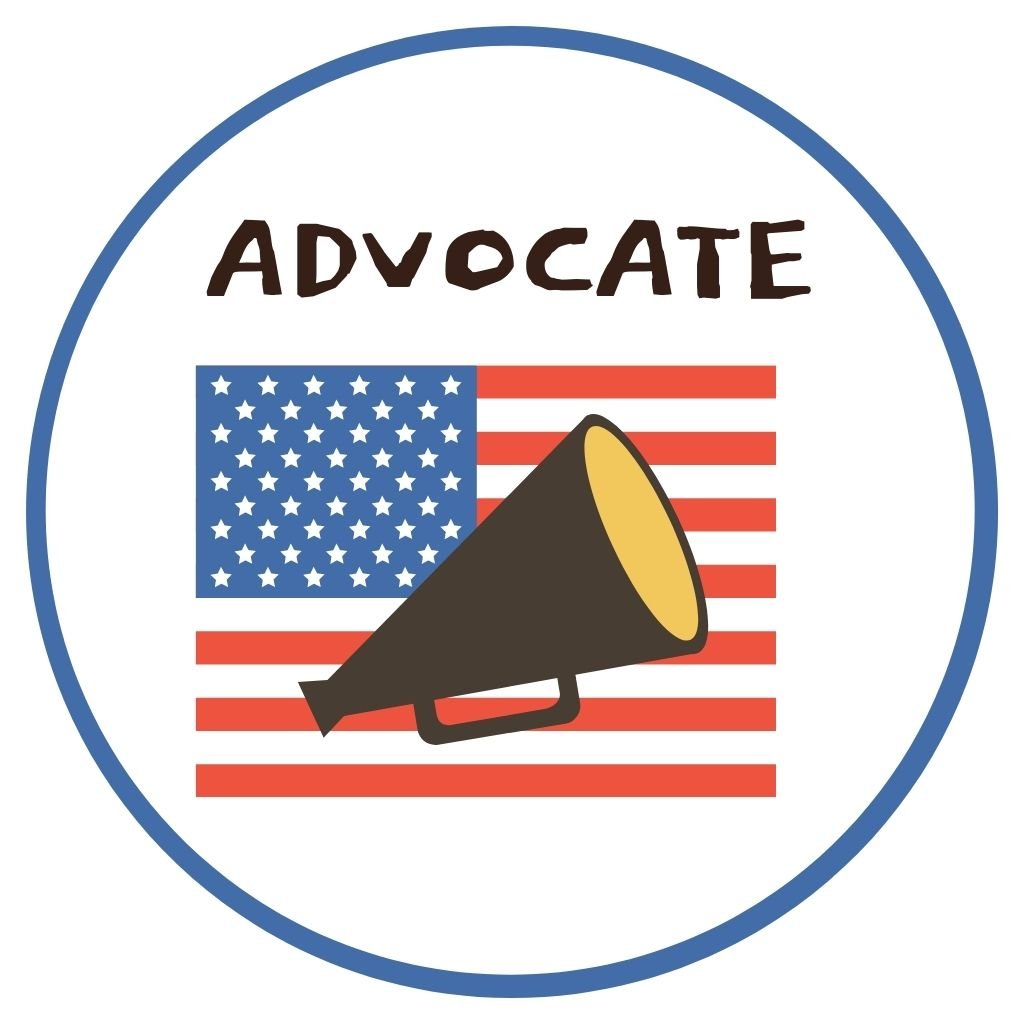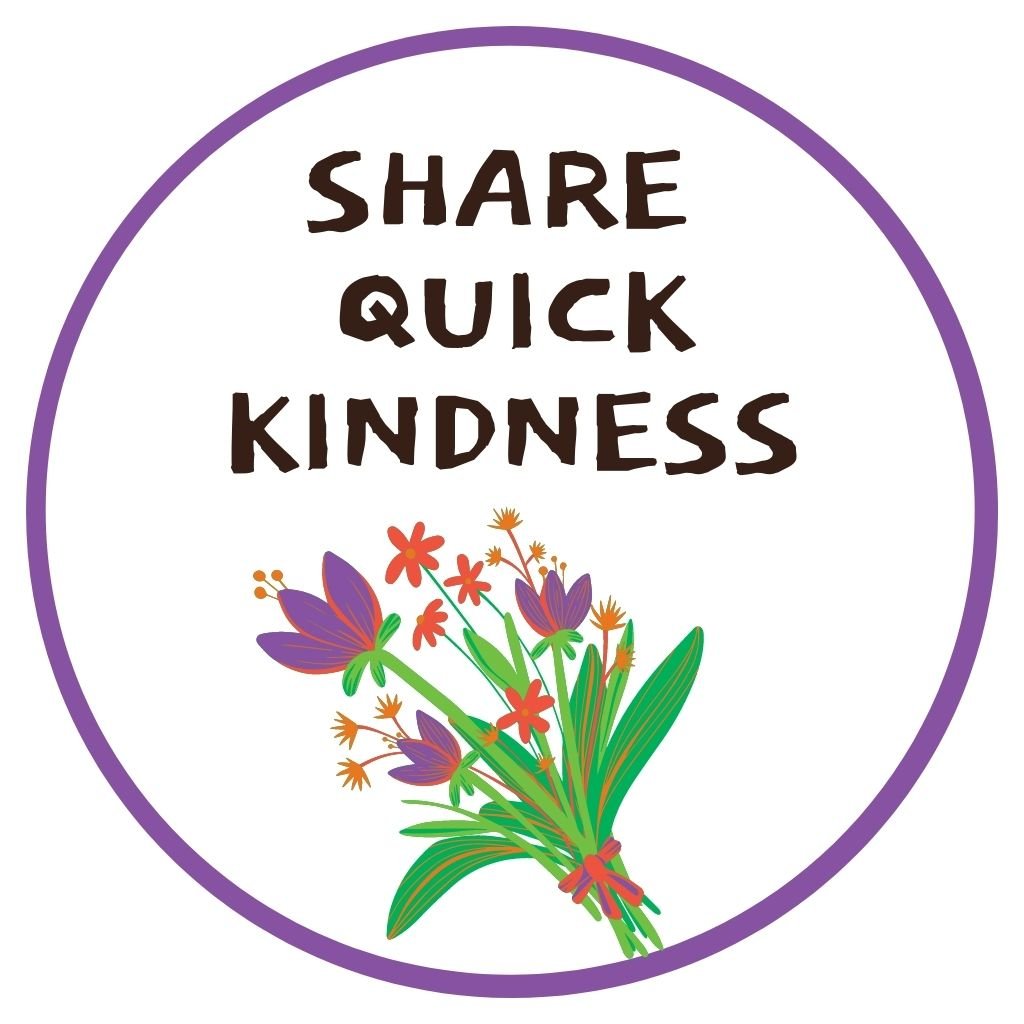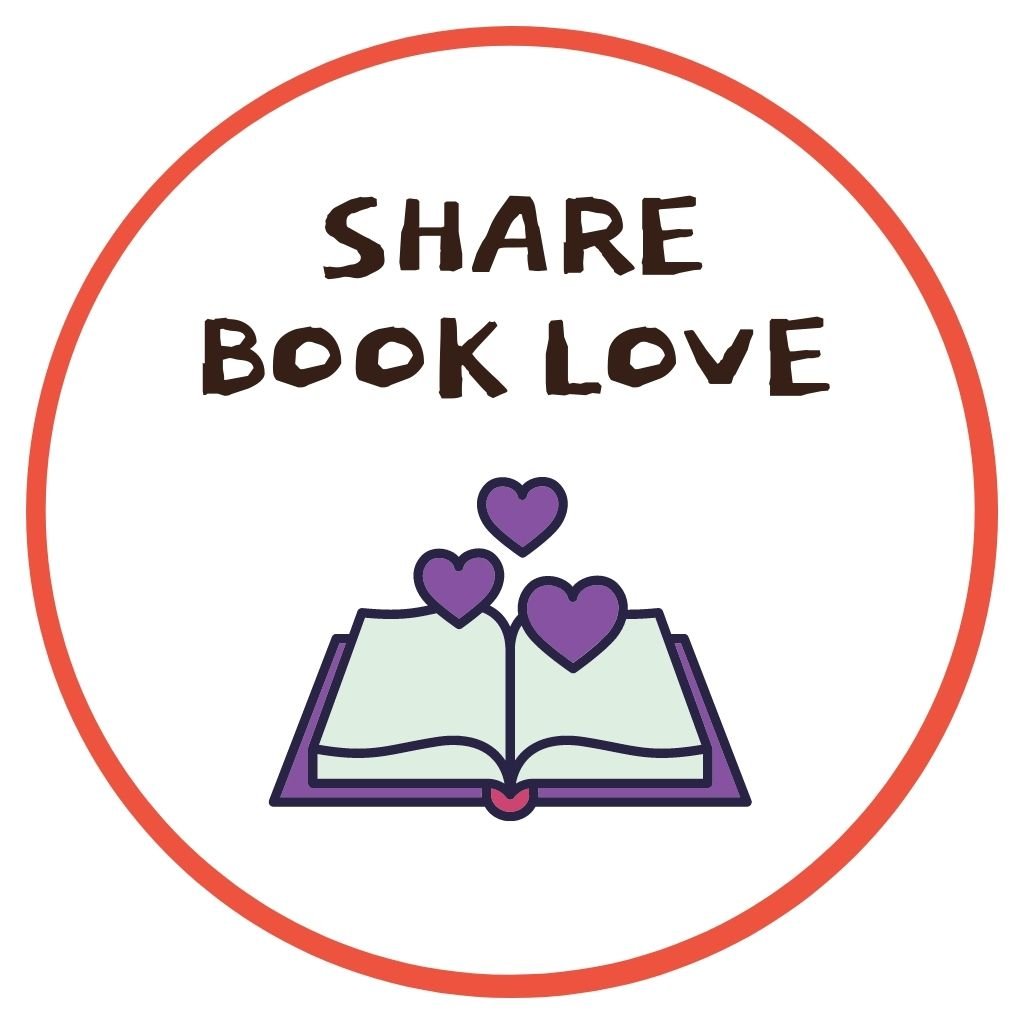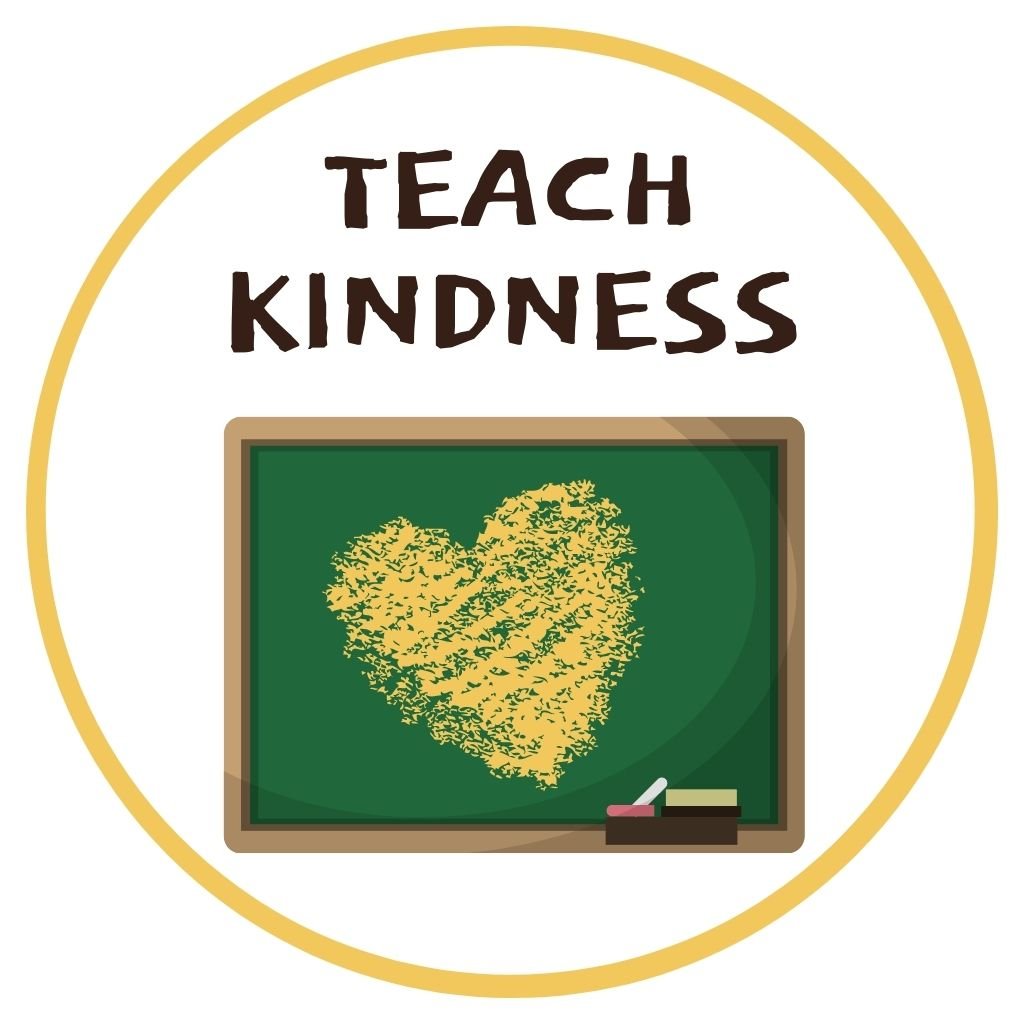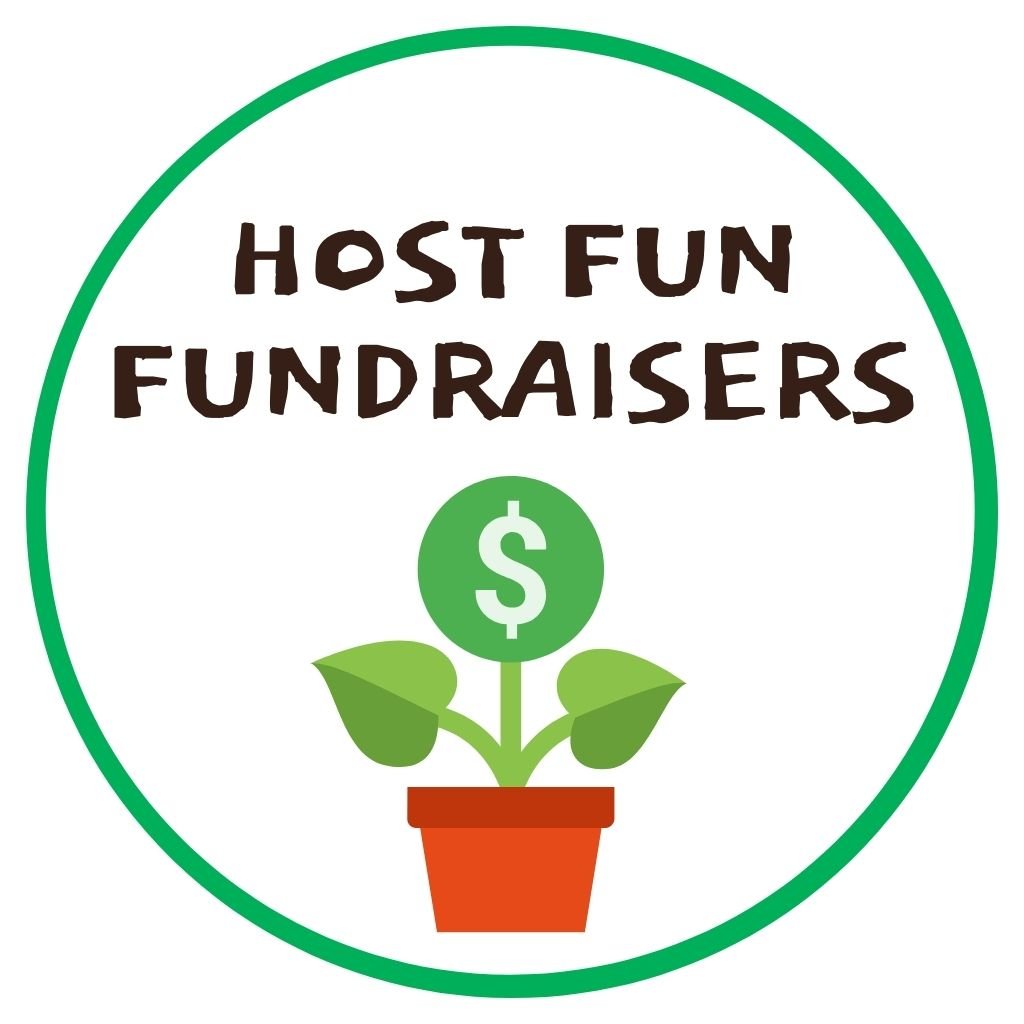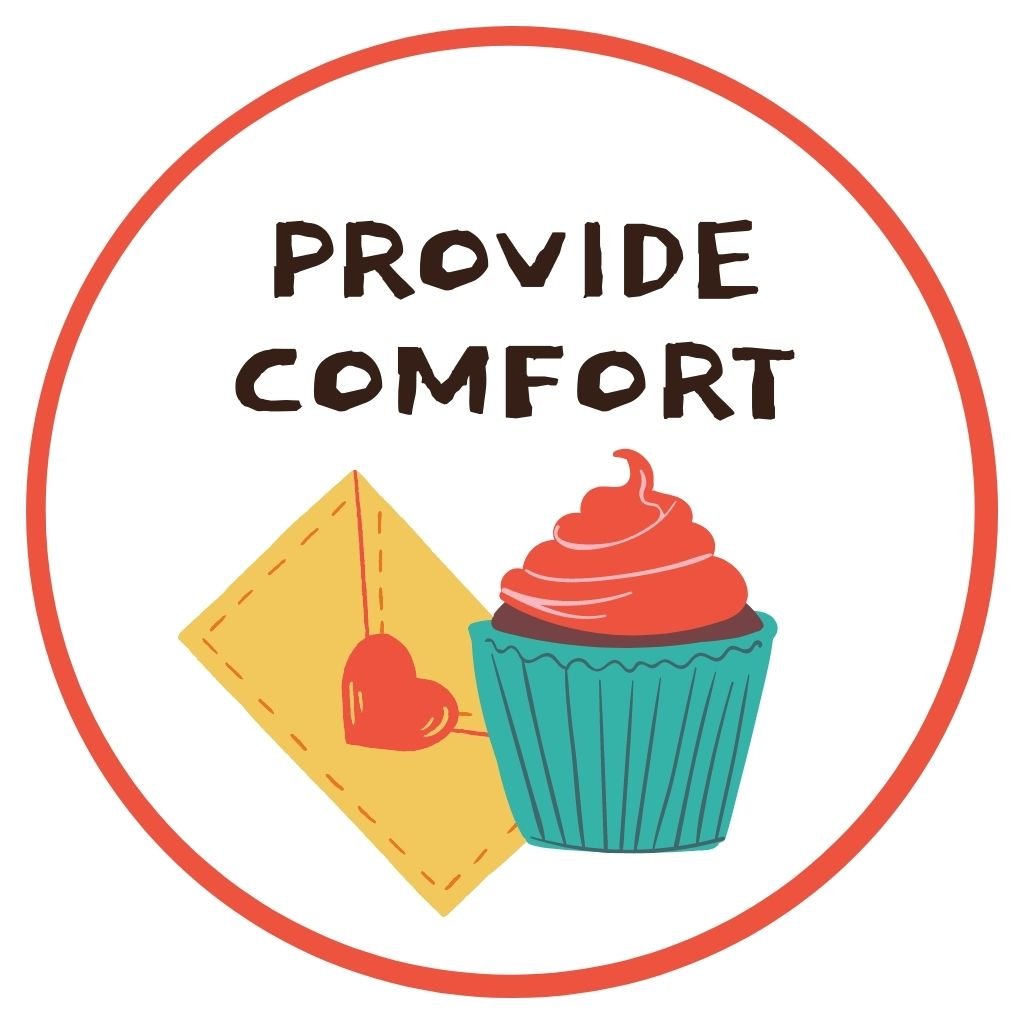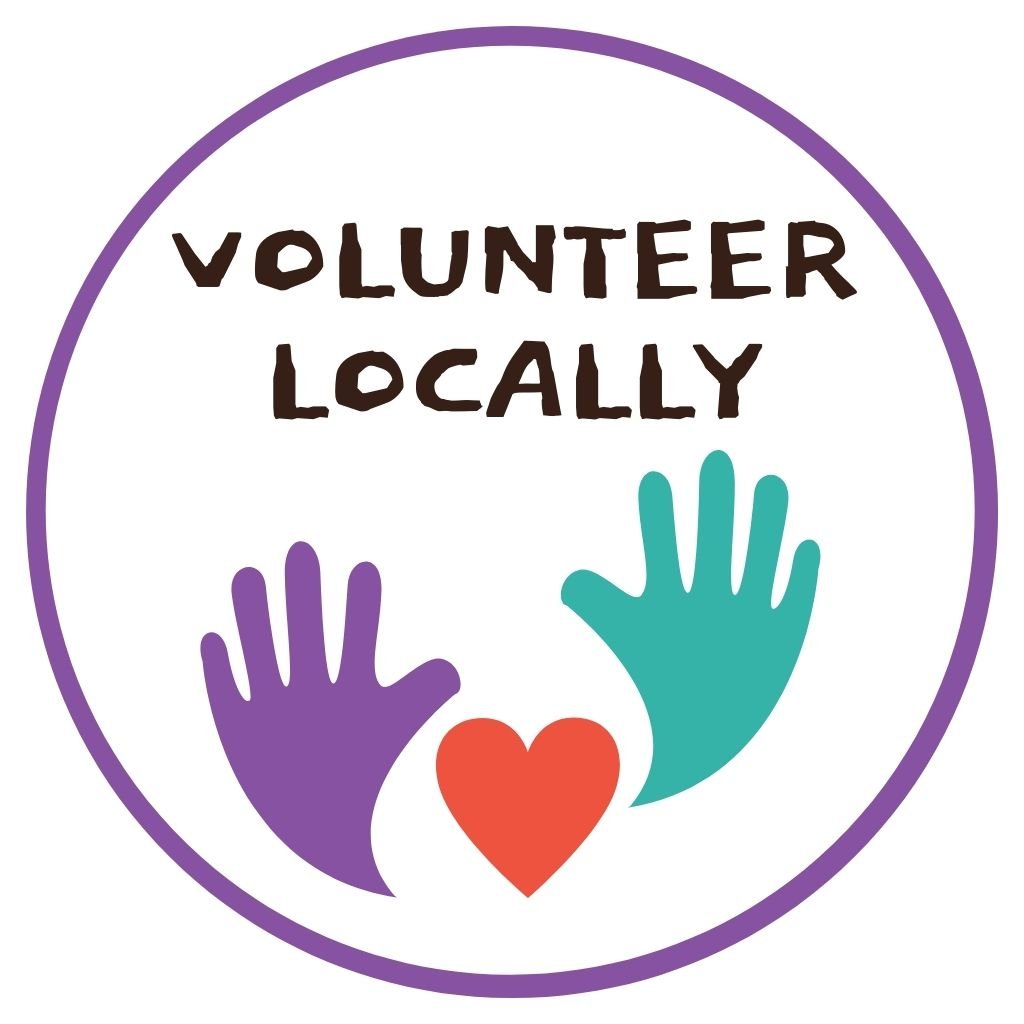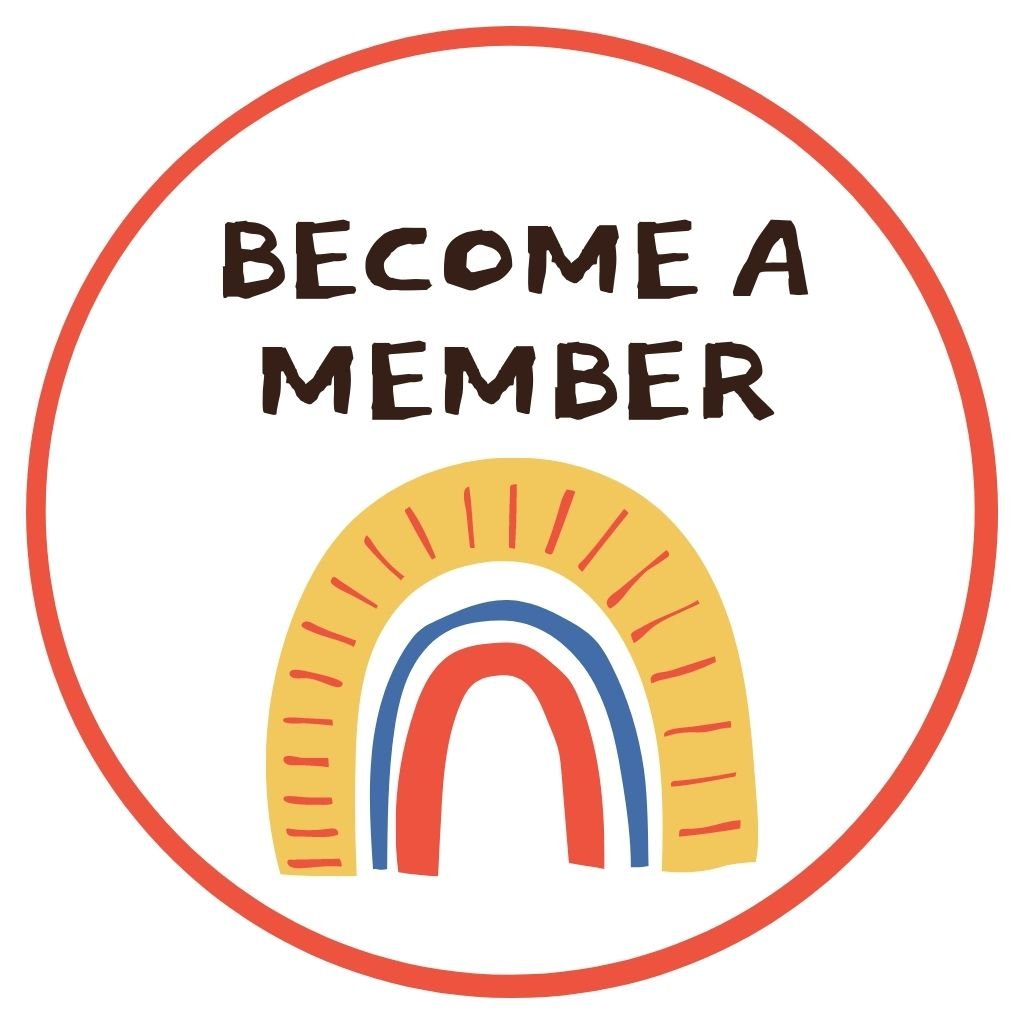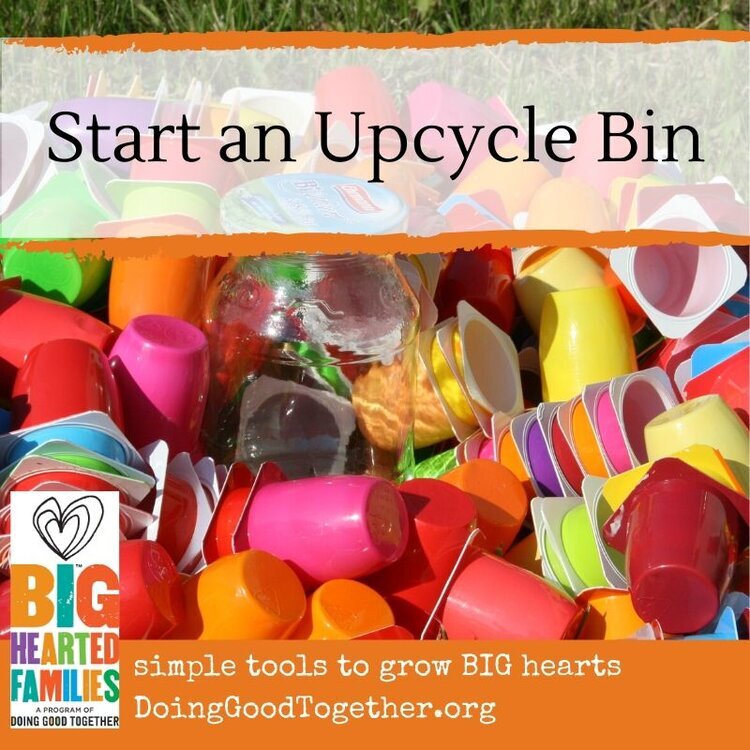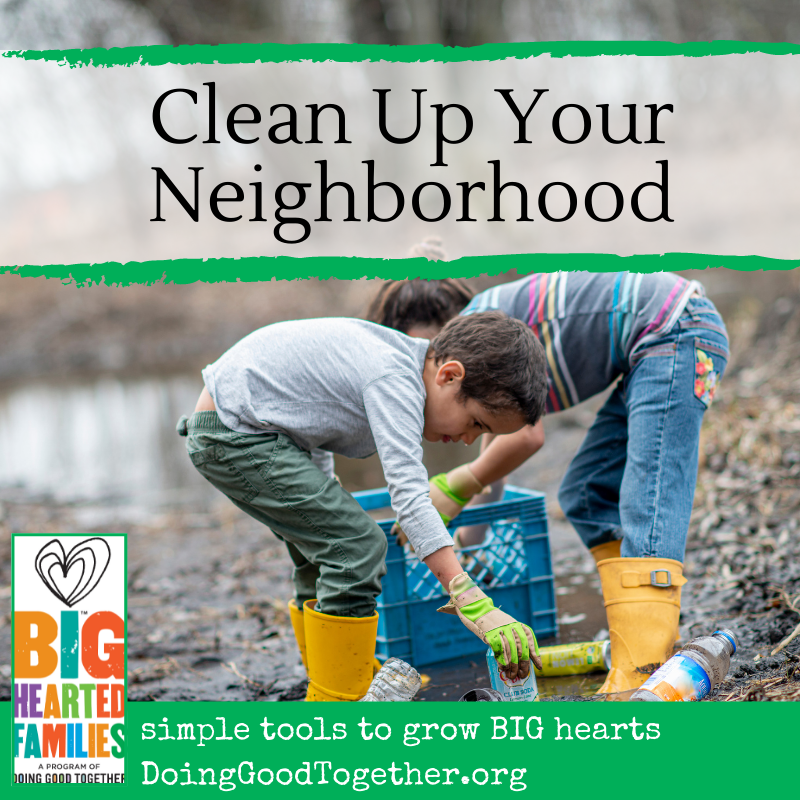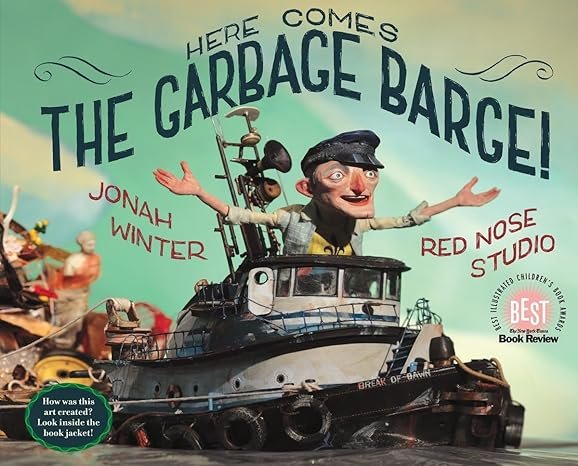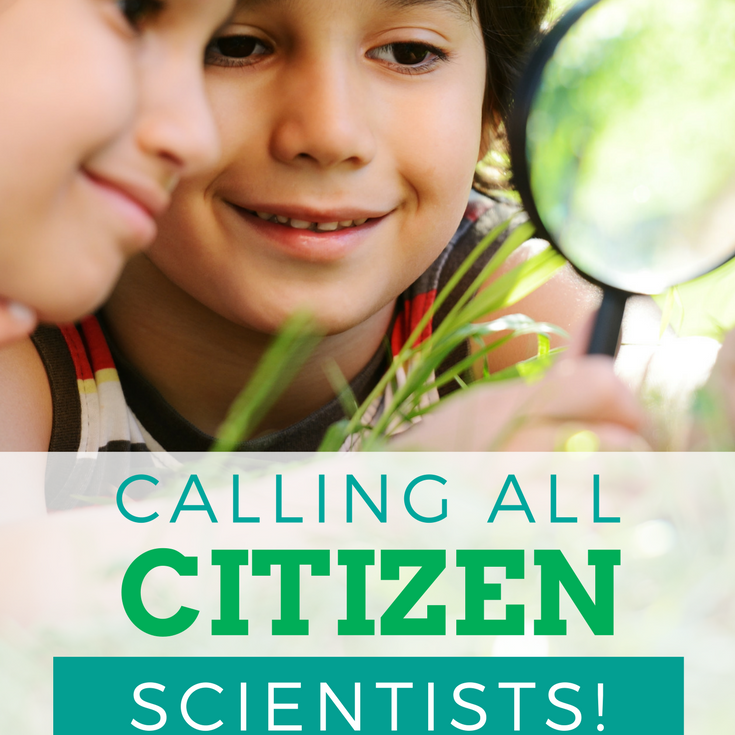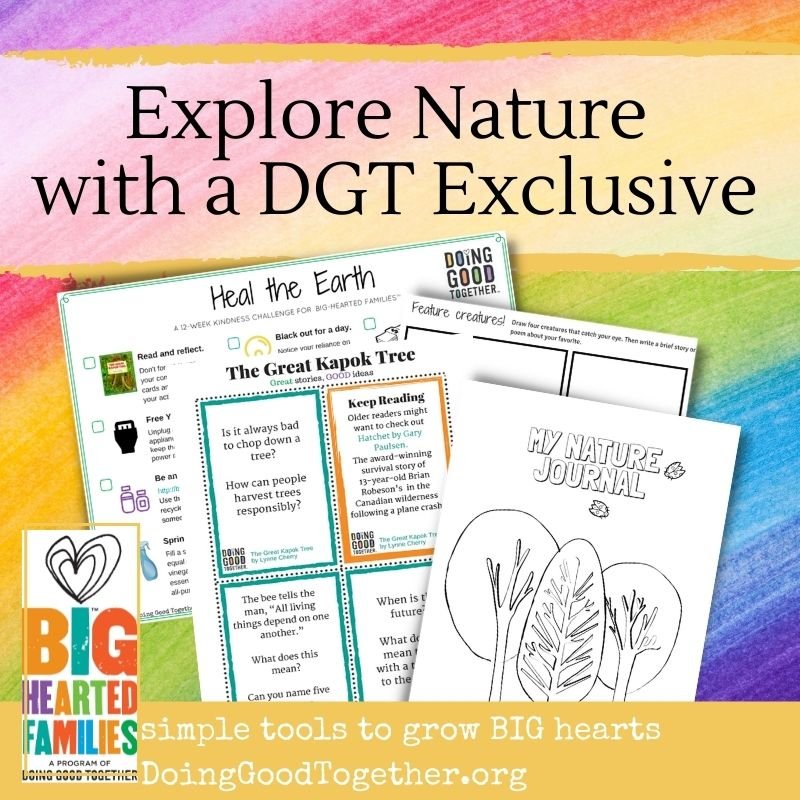Explore the outdoors with our printable checklist!
When children learn to appreciate and enjoy nature, they are more likely to grow into adults who value and protect our environment.
That’s why we've gathered great clues for a scavenger hunt to liven up your next walk in the woods. Pack a picnic, lace up your hiking boots, and head outside to explore.
Possible recipients
Enjoy exploring nature as a family, invite friends along, or bring this activity to your scout’s meeting, classroom, or community gathering.
What you’ll need
Our printable Nature Scavenger Hunt
Optional — and fun! — additions to take it further
Create a family “nature box” or “nature table” to collect and display objects you find.
Keep a nature notebook. Include photos, drawings, pressed flowers, and notes to record your outdoor observations.
Gather some “tools” to take on your outings: camera, magnifying glass, binoculars, insect net, or jars for (briefly) capturing insects.
Have your children devise their own scavenger hunts for the family.
Laminate this list so you can reuse it with dry-erase markers.
Instructions
Modify our list to fit your scene (park, nature center, woods, seashore, backyard, etc.)
Color in items as you go or draw/write about your discoveries in the blank boxes.
For very young kids, consider filling in the blank boxes with items you think they will enjoy finding.
For older kids, consider downloading the iNaturalist app and encourage them to use the app to help identify the plants, trees, tracks, and creatures they discover.
Reflections
Talk about your hunt:
Which item was your favorite?
Which was most difficult to find?
Which did you find first?
What senses did you use on your hunt? What did you smell in nature? Feel? Hear?
Albert Einstein, famed theoretical physicist, once said, “Look deep into nature, and then you will understand everything better.” What do you think he meant?
How does your body feel when you are spending time in nature? How does your mind feel?
Resources
Frederick by Leo Lionni
This Caldecott-Honor winning book reminds us how important it can be to stop and appreciate nature.The Greening Book by Ellen Sabin
Full of unique activities and exercises, The Greening Book teaches children that they can make a difference in the future of our planet.Fun with Nature and More Fun with Nature (Take Along Guides) both by Mel Boring, Diane Burns, and Leslie Dendy
Kids will love learning about the most common creatures, tracks, and trees they're likely to encounter in North America. These books will turn every trip to the park into a scavenger hunt!
Encourage the next generation of outdoor adventurers with picture books to inspire nature lovers
Nothing inspires wonder, cultivates mindfulness, and relieves stress as effectively and enjoyably as time spent in nature. Encourage the wilderness enthusiast in your child with this growing list of stories.You may also enjoy our collection of picture books for young environmental advocates and our collection of picture books for citizen scientists.
Disclaimer: Doing Good Together™ is a participant in the Amazon Services LLC Associates Program, an affiliate advertising program designed to provide a means for sites to earn advertising fees by advertising and linking to Amazon.com.
The recommendations we offer are based solely on our mission to empower parents to raise children who care and contribute.

